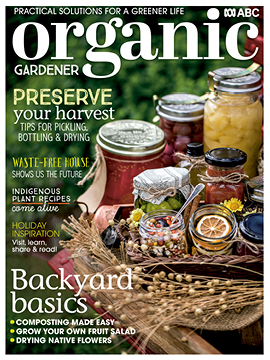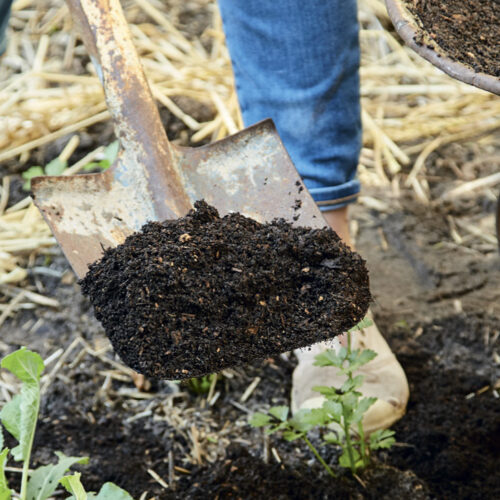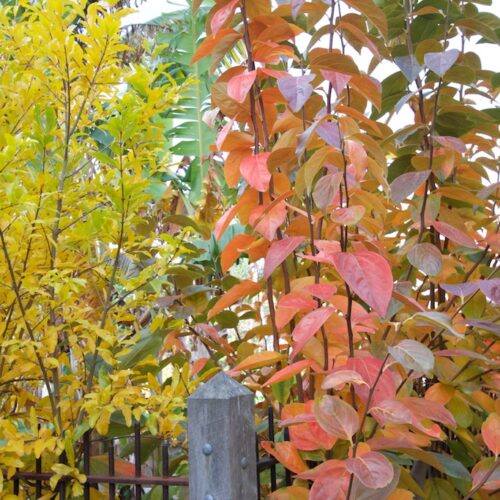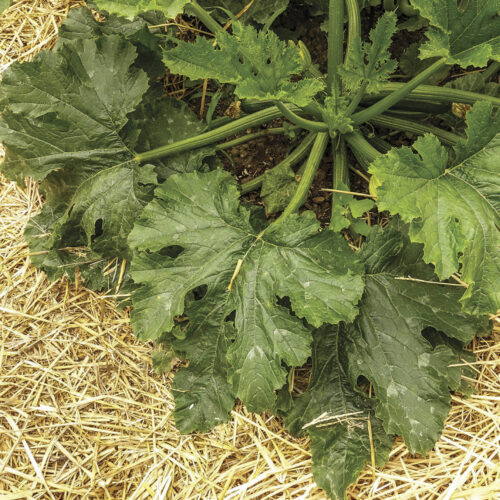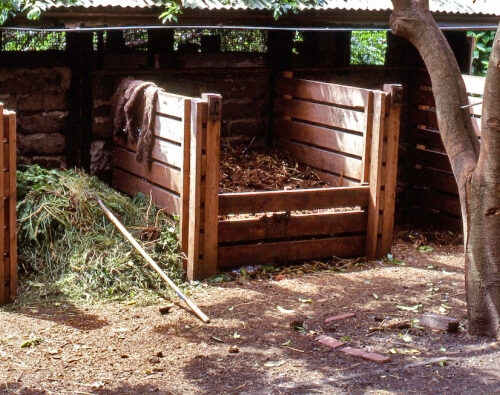Composting made easy
2022-12-14T02:25:06+11:00
One of the questions you may have when it comes to compost is about hot vs cold composting. Here our horticultural editor explains the difference.
You may have heard of hot composting. This refers to the high level of heat that is generated in a pile. To create high heat levels, you need to make a large pile – one cubic metre or more – in one go, soaking the brown layers with water as you build. This sparks an explosion of microbial activity, and that’s what generates the heat. The optimum temperature within a hot compost pile is between 55°C and 70°C. That’s enough to kill weed seeds and pathogens within the pile, which is a real advantage.
The other advantage is that hot compost, when properly maintained will break down quickly. It’s all about keeping the pile within that sweet temperature range for as long as possible. A compost thermometer will help you keep an eye on this. When the temperature drops below 55°C, you can turn and aerate the pile. This triggers another increase in microbial activity and raises the temperature. If the pile gets too hot (over 70°C), fungi that are important to the breakdown process will be destroyed. There’s also the risk of combustion occurring, so you would need to cool down the pile, spreading it out to release the heat.
Most of us are more likely to practise cold composting. That’s where you add small amounts of ingredients to the pile every so often. Cold compost piles can still get warm, but they rarely reach the magical 55–70°C range. For that reason, it’s best to keep weed seeds and diseased plant material out. It’s less vital to continually turn and maintain a cold compost pile. I find, if you have built up the layers correctly, one or two turns will normally suffice over the course of a few months. It takes longer to make cold compost, but if you have a few piles on the go, you will always have compost ready to use.
You’ll find Phil’s full feature on making a pile of compost any organic gardener would be proud of in our Summer 2022 issue (OG 138)! There’s a selection of back issues available here — you can also subscribe and get the most recent issues delivered to your door!
BTW: If you are a beginner you might find this organic glossary a useful reference to keep in your bookmarks.


